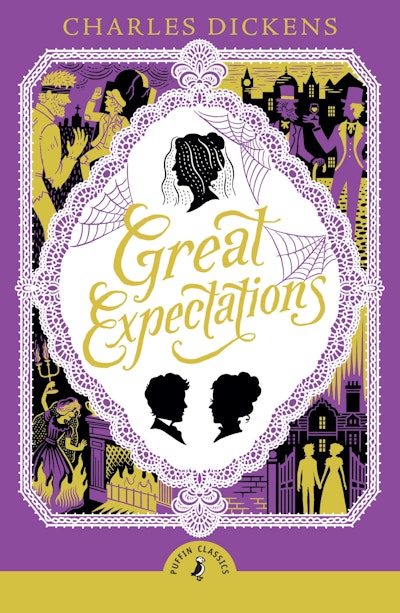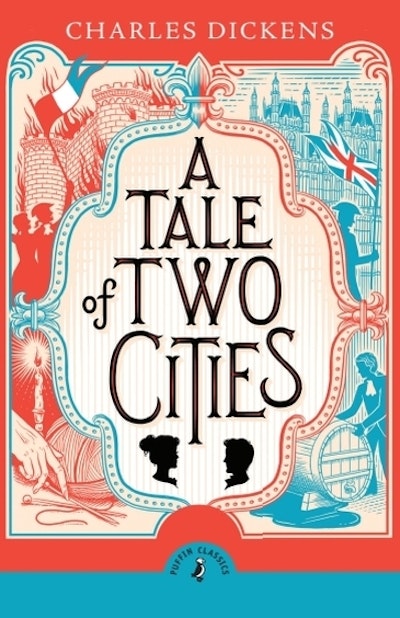[]
Dickens at Christmas
Formats & editions
Buy from…
- Published: 1 November 2012
- ISBN: 9781448129621
- Imprint: Vintage Digital
- Format: EBook
- Pages: 592
[A Christmas Carol is] a story which, perhaps more than any other, sums up the spirit of the British Christmas
Sunday Telegraph
Charles Dickens' Christmas stories showed his readers all the magical trappings of the season
Sunday Express
Charles Dickens is an indelible part of Yuletide reading
Guardian
Dickens made Christmas a festival of generosity and moved it away from the unpopular religious festival it had been
Irish Times










